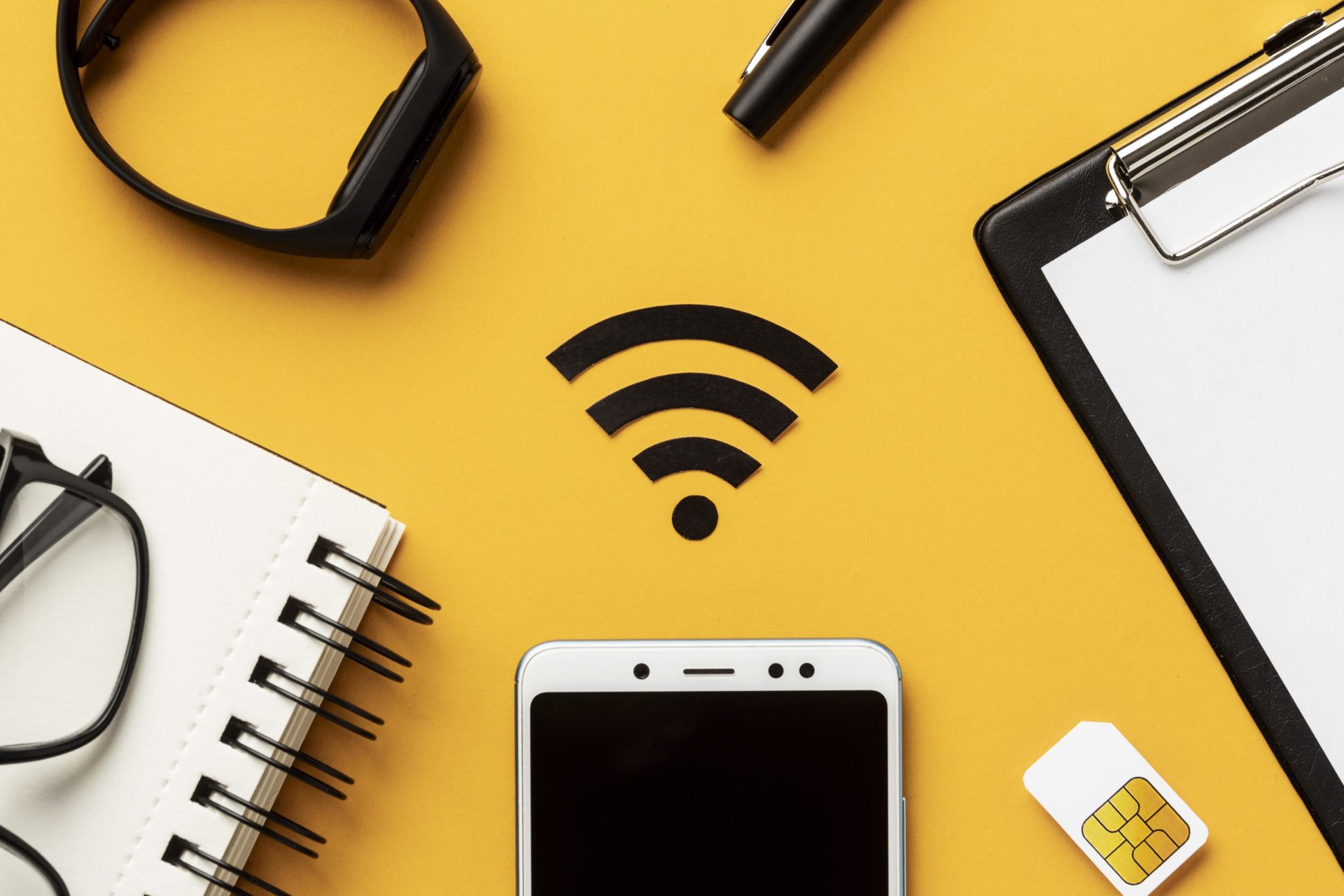If there is a sector in a real and constant evolution, it is the IT sector for many and varied reasons. But, without doubt, being able to connect to the Internet through a beam of light as simple as an LED is innovative. Moving from Wi-Fi to LiFi would undoubtedly become the connection revolution.
Although the transmission of information through light has been studied for 50 years, the first to use the term LiFi was the University of Edinburgh professor Harald Haas. The academic demonstrated the first LiFi device in 2011, generating great expectation around its future applications; just 4 years later the company Sisoft is already commercialising this system in Mexico.
But what is Li-Fi?
?
The system uses the light spectrum of an LED spotlight to transmit data in the binary language of computers by switching this light source on and off millions of times per second. The receiving device will have a light detector that will pick up the flickering and translate it into information.
LiFi can handle up to 10,000 times more data than current Wi-Fi. It would be able to transmit the data volume corresponding to 13.3 years of HD video in one second.
Advantages
- Transmits high-speed data at the same time as illuminating.
- It does not saturate the part of the spectrum currently used by other systems such as Wi-Fi in its different versions, as it uses visible light.
- The information arrives via the beam of light from the LEDs, so we can either create a scattered beam that provides wide coverage or a very fine beam that illuminates small regions and transmits data in a more directional manner. This allows greater control over who the data is reaching at any given time and enables more secure short-range networks.
- It can also be used to transmit large volumes of data between computers or to multimedia devices. For example, we can send a video from a mobile phone to a TV quickly or copy it to a network hard drive just by pointing the phone at the TV or hard drive for a few seconds, as we now do with the remote control to change channels (which incidentally also uses a variant of “LiFi” based on infrared).
Disadvantages
- Reduced range, which is currently only a few metres (about 10 metres).
- Coverage is cut off when an object gets in the beam of light. It is enough to move your hand across the beam or move the handset out of the beam to cut off transmission.
It seems clear that LiFi is still in a start-up phase but it is certainly a new way that has a lot to contribute to mobile communications. At Esferize we strive every day to make innovation a basic tool. So we started to investigate what applications we could offer using LiFi.





